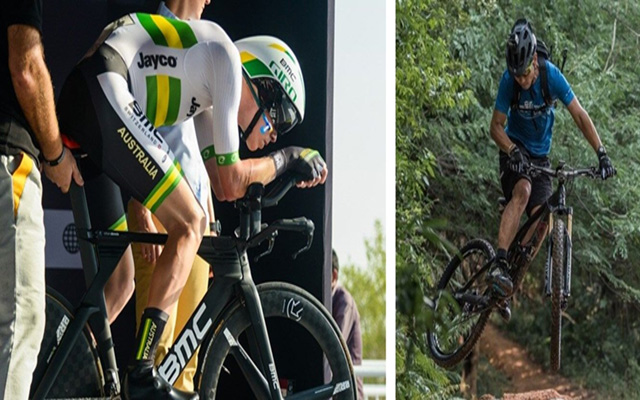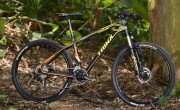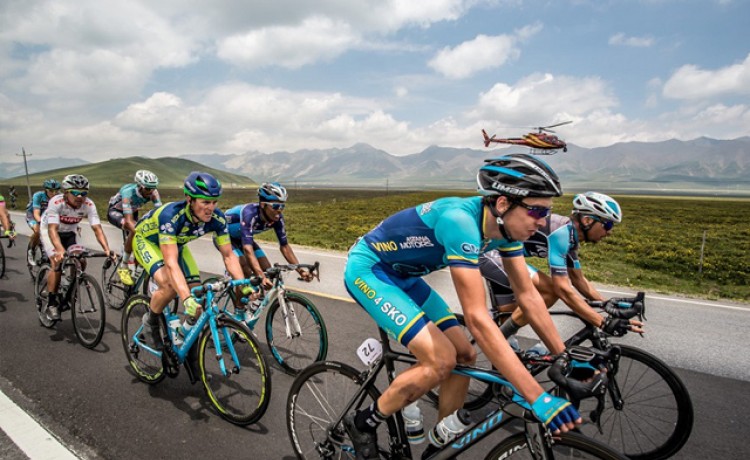Mountain Party VS Road Party Which school do you prefer?
Cycling design
Generally speaking, mountain bikes have good passability to adapt to the rugged mountain road terrain. Therefore, most of the tires are tires with a width of 1.95 to 2.3 and a wheel diameter of 26, 27.5 and 29. for selection. At the same time, in order to enable riders to ride leisurely on complex and varied mountain roads, mountain bikes usually use disc brakes and front forks with suspension. In the face of more complex terrain, the driver will even use a softer mountain bike that is more grounded. All in all, high strength, high flexibility and high passability are synonymous with mountain bikes.
In the competition of these two types of models, the road race is more inclined to test the teamwork ability, not just physical strength and endurance. In a large group with high speed and large number of people, how to change the formation shape to deal with the crosswind, how to lead the teammates to break through, and how to lock the cards before the end sprint, how to break the wind hand how to successfully bring out their own sprinters, all of which must rely on powerful Tactical coordination and close teamwork can be achieved.
Compared with the road race of "Unity is power", the mountain bike race is more inclined to a form of competition. Due to the particularity of the terrain of the mountain bike track, the narrow and technically numerous track is not conducive to large-scale teamwork, and there is no need. The key to winning a mountain bike race is strong endurance and extraordinary skill. Therefore, the mountain bike race is more like a competition for personal strength.
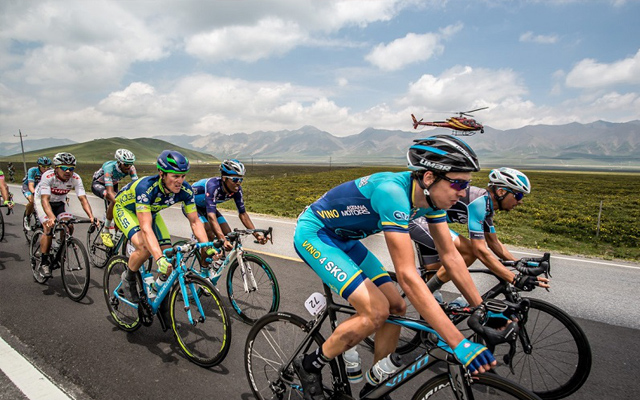
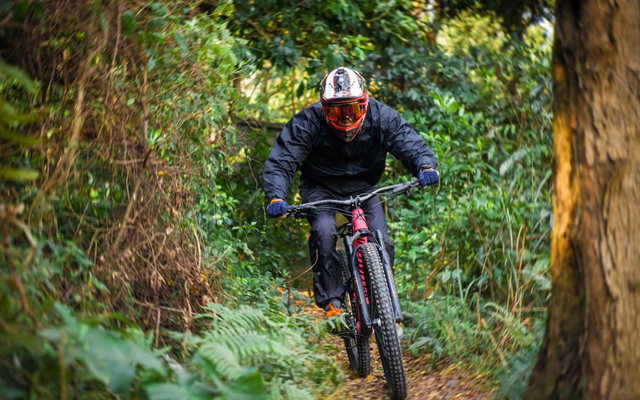
Cycling fun
Pulling, pulling and casual riding have become the key words of road bike riders who often hang on their lips. The pursuit of speed maximization makes the road party desperately squeeze their physical strength during daily cycling training. It is able to keep up with the pace of the Great God in "leisure riding" and even surpass it one day. Therefore, for the majority of road riders, enjoy the speed of chasing the wind, or the feeling of others, and the envious eyes of passers-by, etc., these can become a source of riding pleasure.
And compared to the eye-catching equipment in the city, the eye-catching road parties -- the mountain bikers who explored alone in the mountains are a bit lonely. However, the courageous mountain parties certainly have their own fun. The leaping of the flying bag, the high speed downhill, the difficult uphill and the continuous hairpin bend all make the rider's adrenaline soar. Although mistakes and minor injuries are inevitable, in the repeated practice, the technical difficulties are constantly overcome, and the feeling of riding in the nature has become a recognized riding pleasure for mountain bike enthusiasts.
Cycling plan
Road bikes are a highly planned sport, such as cadence, uniform speed, distance to the car, how much replenishment, and when to replenish the energy gel, all of which require the drivers to fully consider. Riding as you like is not going to work in the eyes of the road party. Code tables, heart rate belts, cadence sensors and power meters have gradually become standard equipment for road riders. Through the data transmitted by these devices, the driver can fully grasp the changes in his physical state to make adjustments to the next riding plan.
Compared to the sophisticated and complex road bike movement, mountain bike sports do not have so many restrictions. For the mountain parties, a water bag, a few sets of tools, and a few packs of dry food can be the beginning of a ride. Being free and comfortable in nature, riding without worry is the riding attitude pursued by mountain bikers. Therefore, in terms of cycling plans, the mountain parties do not have much consideration. At the same time, the complicated and varied mountain sections will make the drivers concentrate on the immediate situation, and there is not much time to understand the changes in the riding data, installed on the mountain bike. There will also be fewer equipment than road vehicles.
